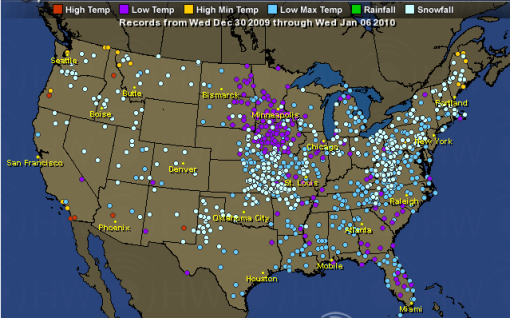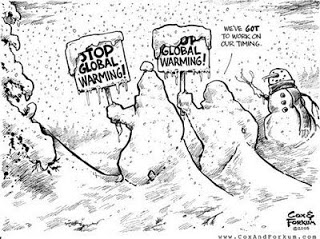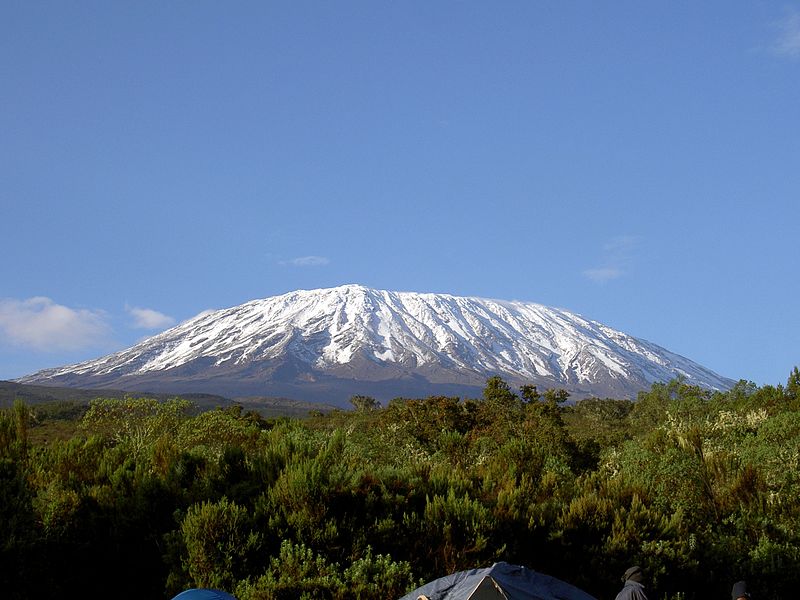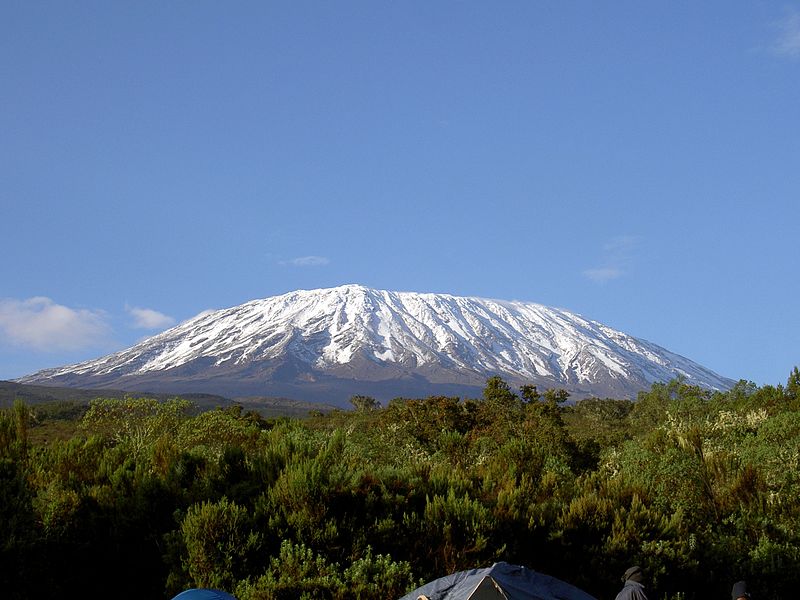From the “weather is not c..c..cl..climate” department, cold and snow hits hard. Meanwhile, Hot Weather Convinces Media of Climate Change; Cold Weather Ignored.
And it heads far south too. A hard freeze warning has been issued for the Miami and Fort Lauderdale area:  And lest somebody say that this cold event isn’t significant, I’ll let the NWS do the talking here: Longest Stretch of Cold Weather in 15 to 25 Years Possible This Week …Longest Stretch of Much Below Normal Temperatures in 15 to 25 Years Possible… Temperatures are expected to remain much below normal over all of south Florida this week, with the possibility of even colder temperatures this upcoming weekend. For detailed information on expected temperatures, please follow the indicated links for our textual and graphical forecasts. For freeze/wind chill watches and warnings, please check our hazards page. It is not unheard of to have freezing or near-freezing temperatures in south Florida each winter. In fact, inland areas south and west of Lake Okeechobee experience freezing temperatures at least once a year on average. Over the metro and coastal areas of south Florida, freezing temperatures are less frequent, but even in these areas freezing temperatures have occurred about every 5 to 10 years on average. Temperatures drop to at least 35 about every 1 to 2 years in the Naples area, and about every 2 years in the outlying areas of southeast Florida. For the urban areas of Miami/Fort Lauderdale, temperatures drop to at least 35 degrees about 2 to 3 times a decade, At West Palm Beach, the average is about every 1 to 2 years. What is more noteworthy about the current cold snap is the duration of the event. Typical south Florida cold snaps last about 2-3 days before winds switch to an easterly direction and blow warmer Atlantic air across the region. However, our current weather pattern is what is referred to as a “blocking pattern”. This means that weather systems that typically move from west to east at fairly regular intervals are instead remaining in place for several days. A strong low pressure system over northern New England and eastern Canada is being “blocked” by a large high pressure system near Greenland. This in turn is creating a stationary high pressure system over the western U.S. and Canada. The result of this blocked flow is an uninterrupted and prolonged flow of air from the Arctic region of Canada southward over the eastern two-thirds of the country, including Florida. Temperatures have dropped to below 50 degrees for three consecutive mornings over almost all of south Florida, with temperatures dropping to 45 or lower from Collier County east to Palm Beach County and points north. The latest forecast calls for lows to drop below 45 degrees over all of south Florida through Thursday morning. This would give 6 consecutive days of sub-50 and/or 45 degree-or-lower temperatures. Following are the dates of the last time we had at least 6 consecutive days of low temperatures below 50 degrees in southeast Florida: Miami and Fort Lauderdale: January 2001 Record is 13 days in Miami (January – February 1940) and 12 days in Fort Lauderdale in January 1956 West Palm Beach: January 2003 Record for West Palm Beach is 12 days set in December 2000-January 2001 and January 1956. Following are the dates of the last time we had 6 consecutive days of low temperatures of 45 degrees or lower in Naples; Naples: December 1989 Record for Naples is 8 days in January 1977. Following are the dates of the last time we had 5 consecutive days of low temperatures of 40 degrees or lower in Moore Haven; Moore Haven: January 24-28, 2001. Record for Moore Haven is 9 days from December 31, 2000 to January 8, 2001. Therefore, it’s been at least 7 years since we’ve had a prolonged stretch of temperatures in the 40s and 30s, with some areas going back as far as 21 years! Taking into account the daily average temperature, it’s possible that we’ll have up to 5 consecutive days of temperatures averaging at least 10-15 degrees below normal. For most of south Florida, the last time we had a stretch that cold was in 1995, with some areas going back to the mid to late 1980s. Here’s a sampling of headlines around the world: Temps Plunge to Record as Cold Snap Freezes North, East States
And lest somebody say that this cold event isn’t significant, I’ll let the NWS do the talking here: Longest Stretch of Cold Weather in 15 to 25 Years Possible This Week …Longest Stretch of Much Below Normal Temperatures in 15 to 25 Years Possible… Temperatures are expected to remain much below normal over all of south Florida this week, with the possibility of even colder temperatures this upcoming weekend. For detailed information on expected temperatures, please follow the indicated links for our textual and graphical forecasts. For freeze/wind chill watches and warnings, please check our hazards page. It is not unheard of to have freezing or near-freezing temperatures in south Florida each winter. In fact, inland areas south and west of Lake Okeechobee experience freezing temperatures at least once a year on average. Over the metro and coastal areas of south Florida, freezing temperatures are less frequent, but even in these areas freezing temperatures have occurred about every 5 to 10 years on average. Temperatures drop to at least 35 about every 1 to 2 years in the Naples area, and about every 2 years in the outlying areas of southeast Florida. For the urban areas of Miami/Fort Lauderdale, temperatures drop to at least 35 degrees about 2 to 3 times a decade, At West Palm Beach, the average is about every 1 to 2 years. What is more noteworthy about the current cold snap is the duration of the event. Typical south Florida cold snaps last about 2-3 days before winds switch to an easterly direction and blow warmer Atlantic air across the region. However, our current weather pattern is what is referred to as a “blocking pattern”. This means that weather systems that typically move from west to east at fairly regular intervals are instead remaining in place for several days. A strong low pressure system over northern New England and eastern Canada is being “blocked” by a large high pressure system near Greenland. This in turn is creating a stationary high pressure system over the western U.S. and Canada. The result of this blocked flow is an uninterrupted and prolonged flow of air from the Arctic region of Canada southward over the eastern two-thirds of the country, including Florida. Temperatures have dropped to below 50 degrees for three consecutive mornings over almost all of south Florida, with temperatures dropping to 45 or lower from Collier County east to Palm Beach County and points north. The latest forecast calls for lows to drop below 45 degrees over all of south Florida through Thursday morning. This would give 6 consecutive days of sub-50 and/or 45 degree-or-lower temperatures. Following are the dates of the last time we had at least 6 consecutive days of low temperatures below 50 degrees in southeast Florida: Miami and Fort Lauderdale: January 2001 Record is 13 days in Miami (January – February 1940) and 12 days in Fort Lauderdale in January 1956 West Palm Beach: January 2003 Record for West Palm Beach is 12 days set in December 2000-January 2001 and January 1956. Following are the dates of the last time we had 6 consecutive days of low temperatures of 45 degrees or lower in Naples; Naples: December 1989 Record for Naples is 8 days in January 1977. Following are the dates of the last time we had 5 consecutive days of low temperatures of 40 degrees or lower in Moore Haven; Moore Haven: January 24-28, 2001. Record for Moore Haven is 9 days from December 31, 2000 to January 8, 2001. Therefore, it’s been at least 7 years since we’ve had a prolonged stretch of temperatures in the 40s and 30s, with some areas going back as far as 21 years! Taking into account the daily average temperature, it’s possible that we’ll have up to 5 consecutive days of temperatures averaging at least 10-15 degrees below normal. For most of south Florida, the last time we had a stretch that cold was in 1995, with some areas going back to the mid to late 1980s. Here’s a sampling of headlines around the world: Temps Plunge to Record as Cold Snap Freezes North, East States
Seoul buried in heaviest snowfall in 70 years
Vermont sets ‘all-time record for one snowstorm’
Iowa temps ‘a solid 30 degrees below normal’
Power goes out at Reagan National outside DC
Seoul buried in heaviest snowfall in 70 years
Peru’s mountain people ‘face extinction because of cold conditions’…
Beijing – coldest in 40 years
World copes with Arctic weatherWinter Could Be Worst in 25 Years for USA
Britain braced for heaviest snowfall in 50-years
GAS SUPPLIES RUNNING OUT IN UK
Miami shivers from coldest weather in decade
Northern Sweden on the way to 50 degrees below zero
Source






